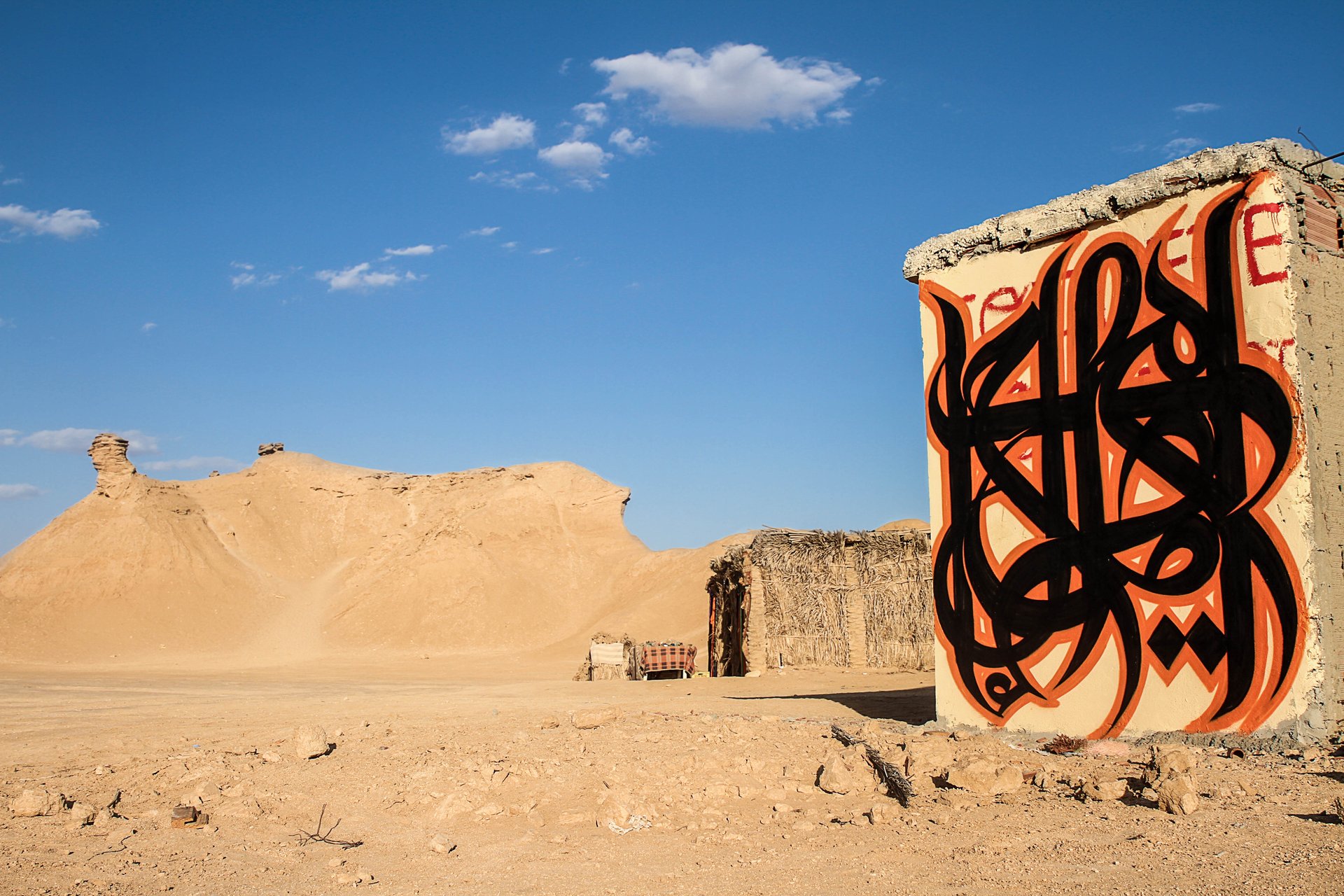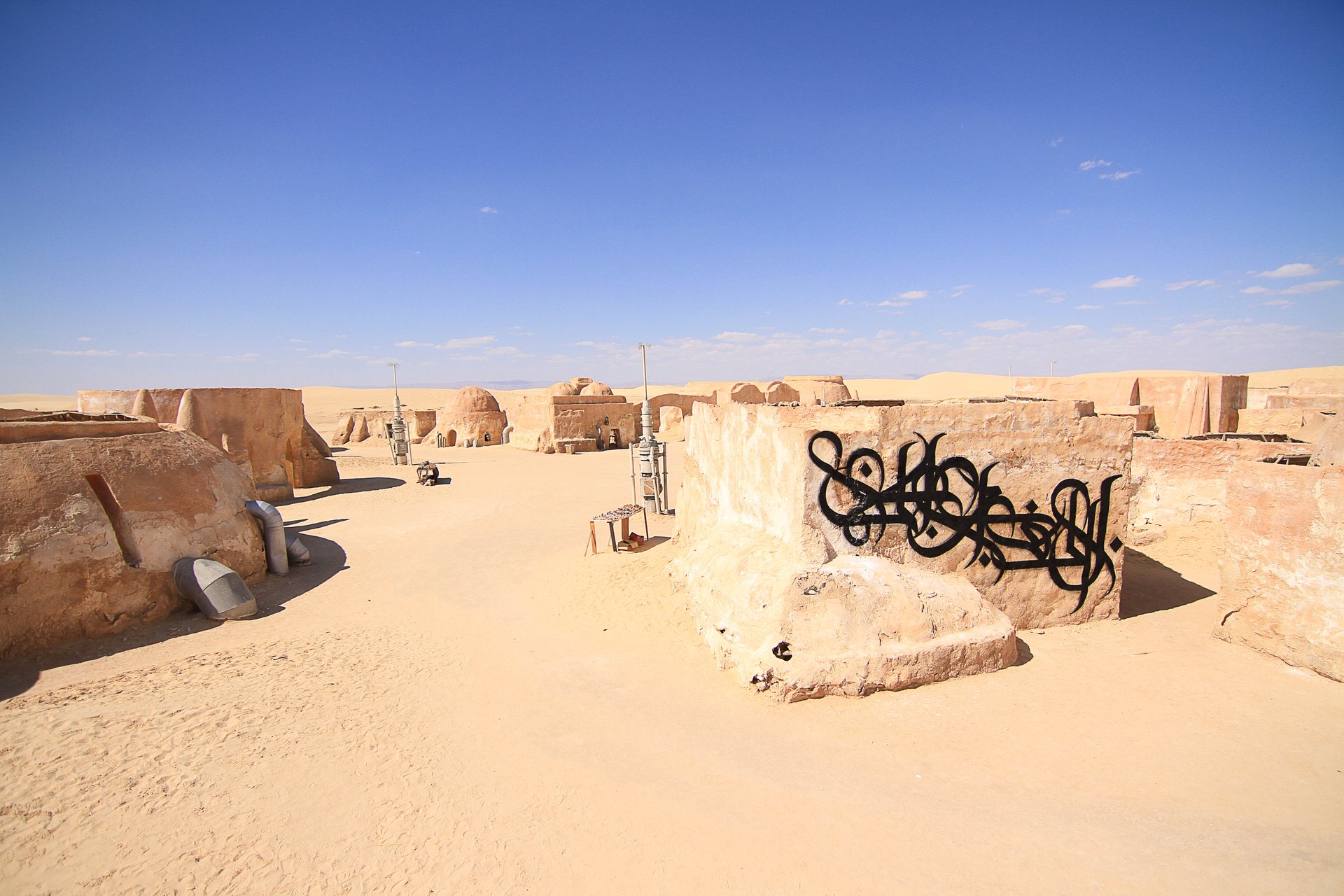Photos: A “calligraffiti” artist tags buildings with beautiful Arabic calligraphy
In Tunisia, a graffiti piece 57 meters (187 feet) high covers the entire façade of the country’s tallest minaret.
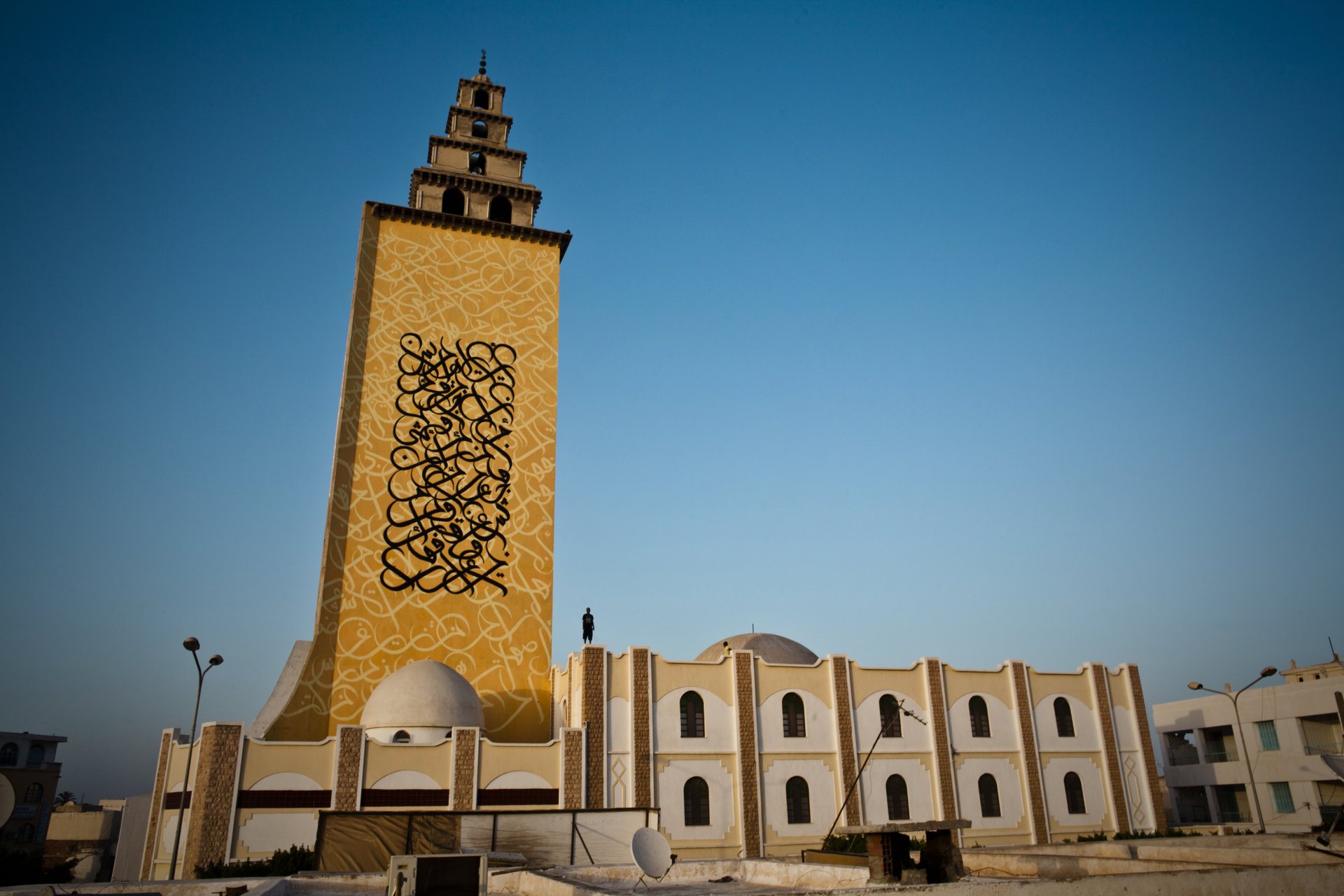

In Tunisia, a graffiti piece 57 meters (187 feet) high covers the entire façade of the country’s tallest minaret.
“Oh humankind, we have created you from a male and a female and made people and tribes so you may know each other,” reads the line from the Koran, marking the Jara Mosque in the city of Gabès as an architectural beacon for tolerance.
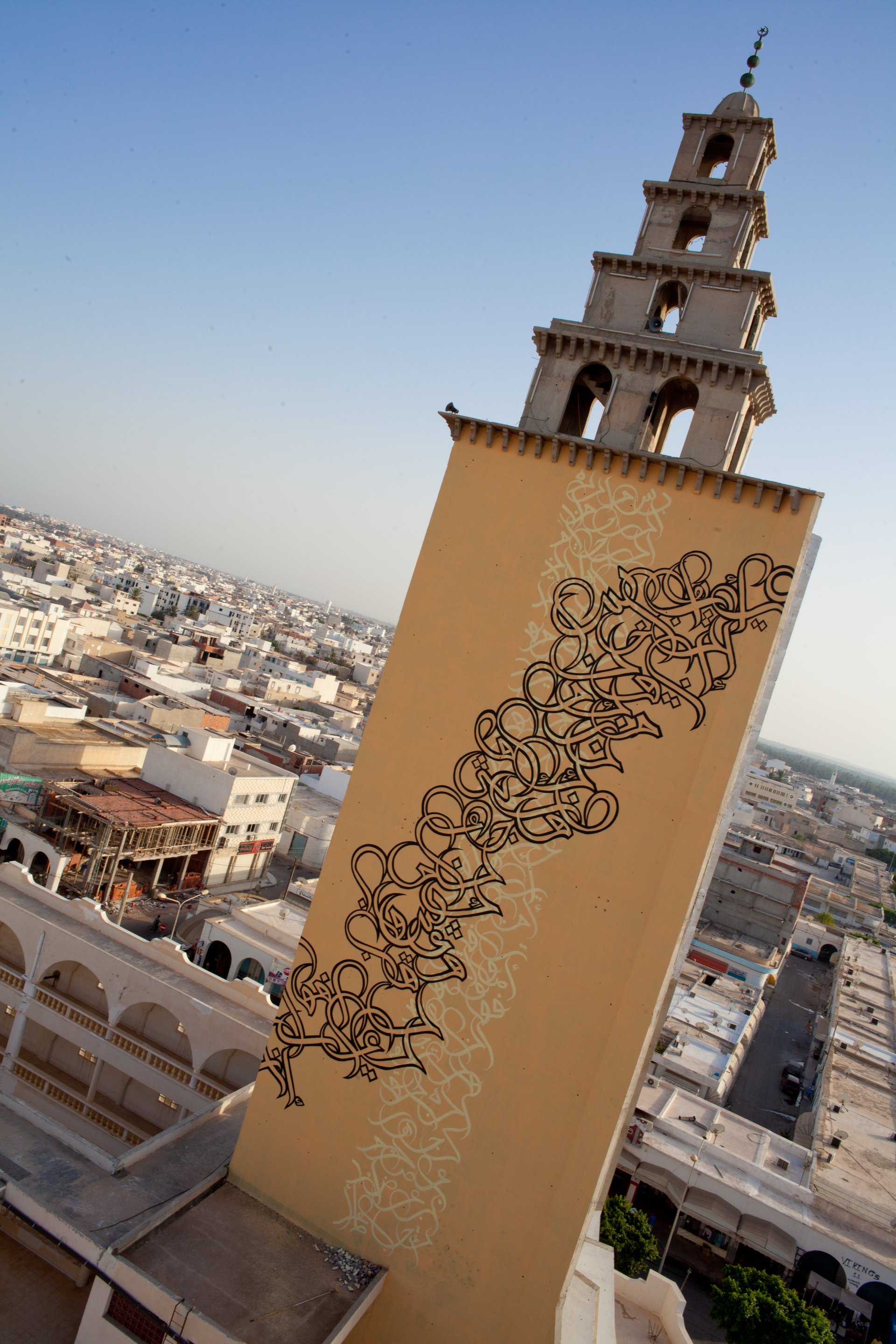
The work is by the “calligraffiti” artist eL Seed whose brand of street art merges classical Arabic calligraphy with the methods and means of graffiti counter-culture.
“In the beginning, I was just looking for a wall,” he explained at a presentation at the TED conference in Vancouver yesterday, where he was named a fellow. When the mosque’s imam presented the entire tower as his canvas, the 33-year-old artist chose words from the Koran for the monumental project.
Created during a time of political tension, when the country was transitioning to democracy in 2012, the mural had a specific purpose, eL Seed said: “This project is not about decorating a mosque, it is about making art a visible actor in the process of cultural and political change.”
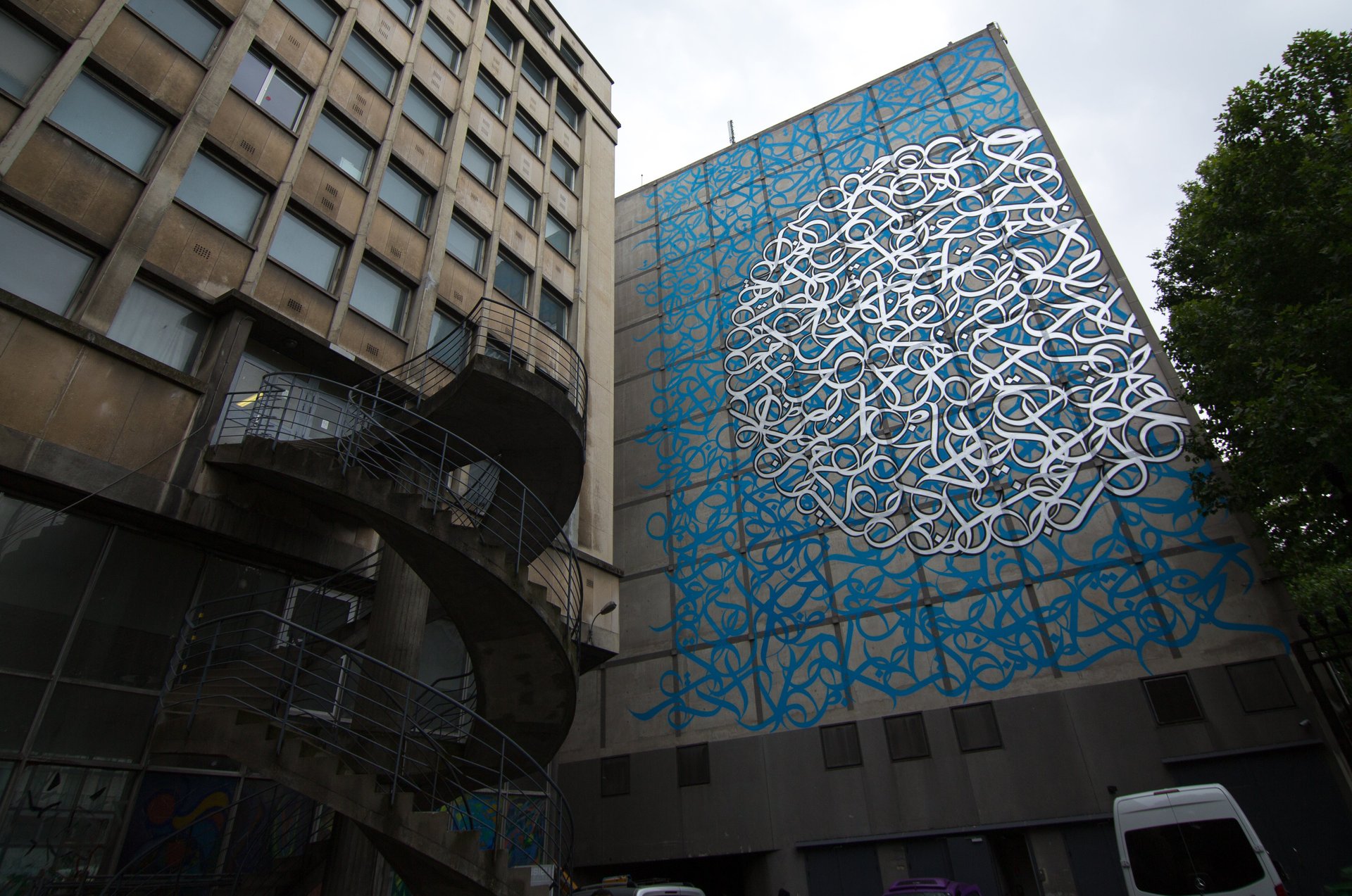
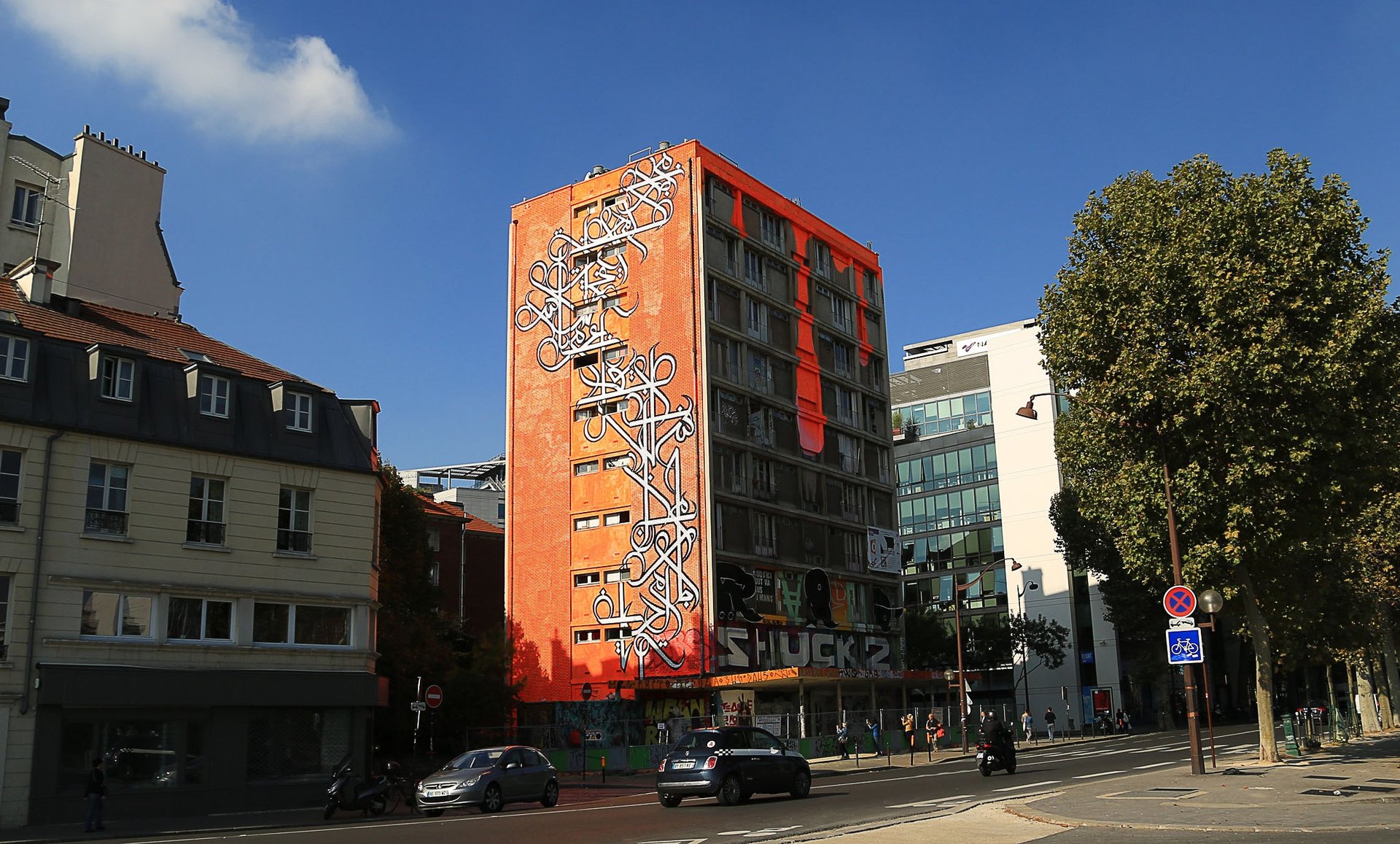
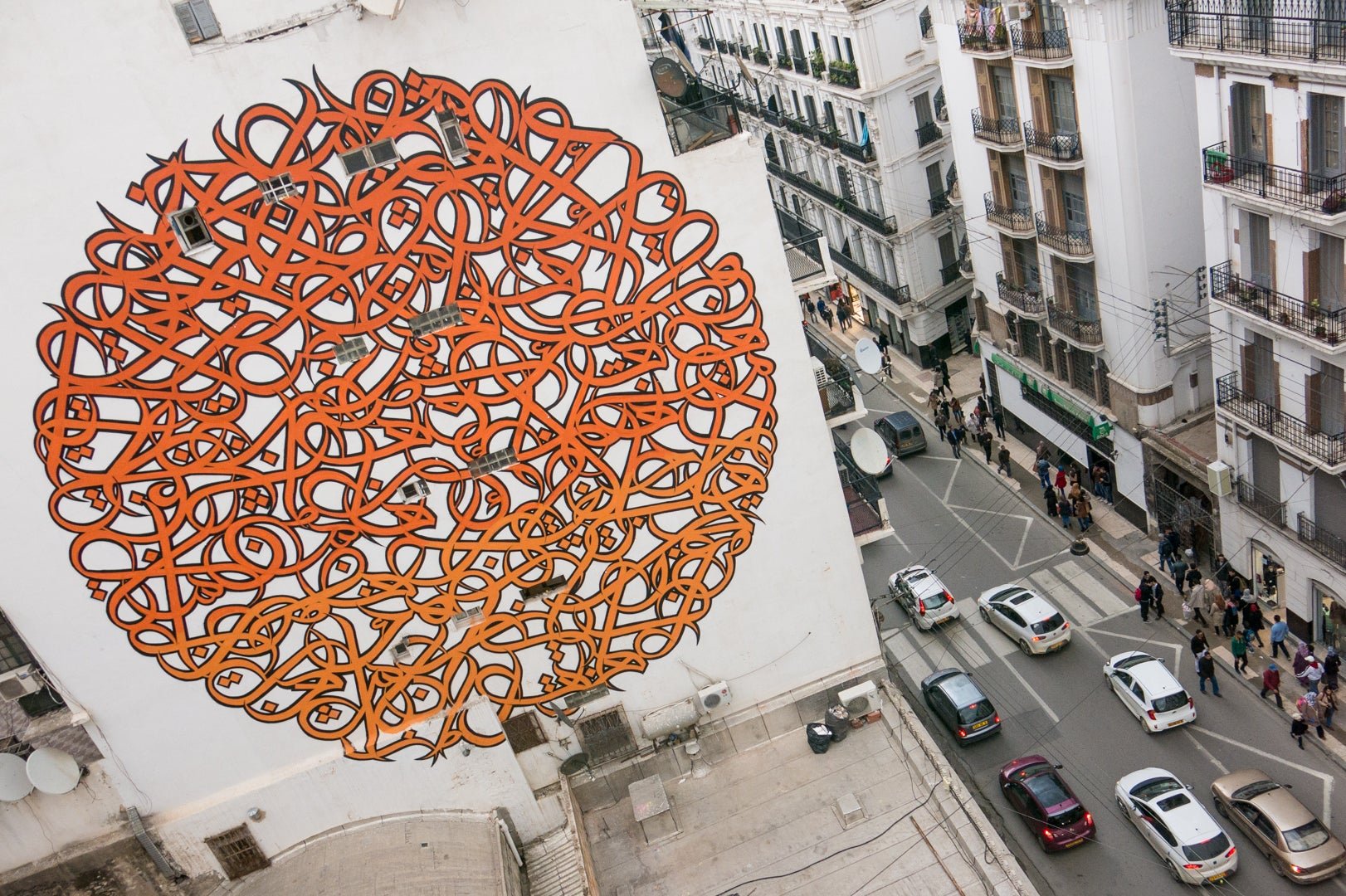
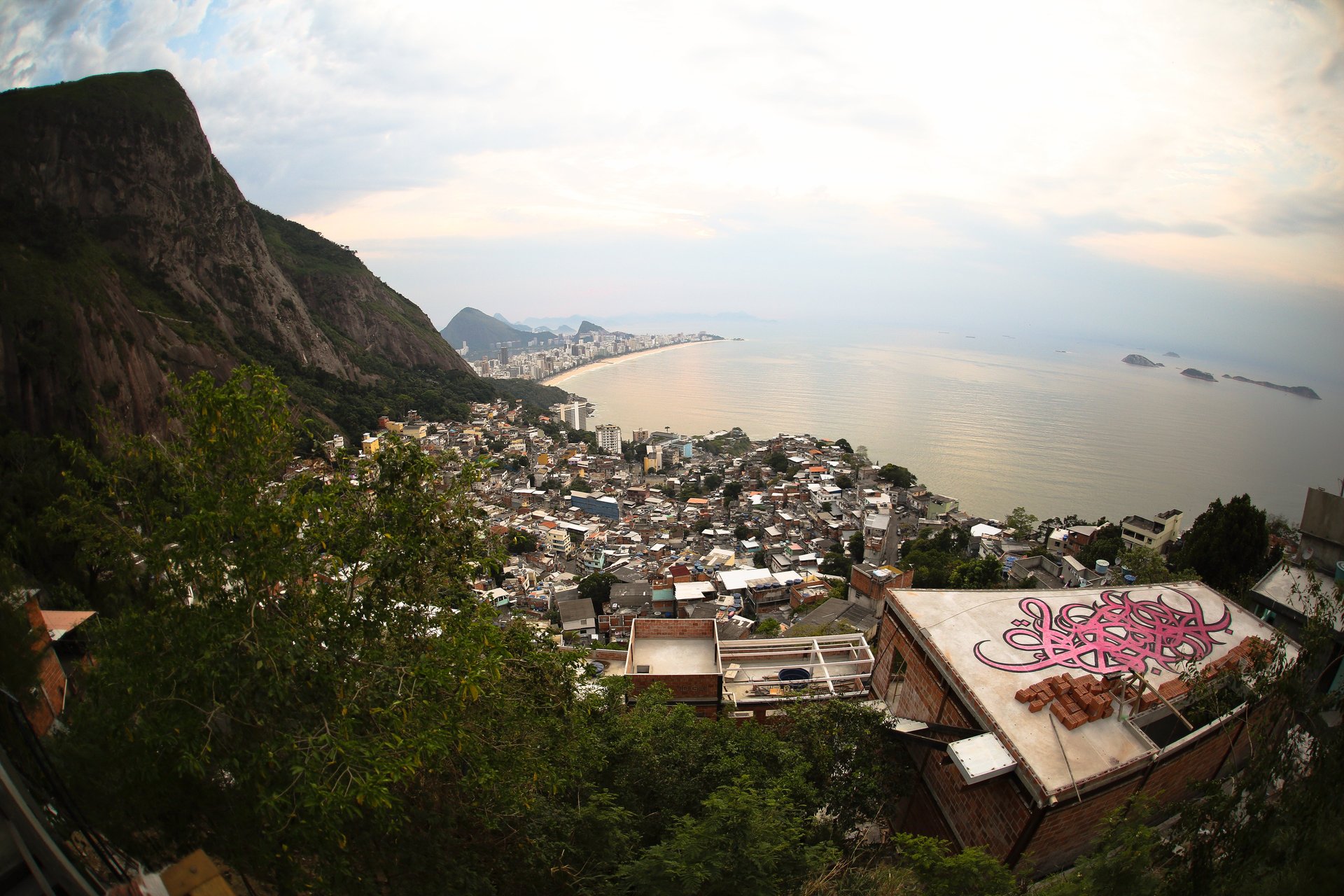
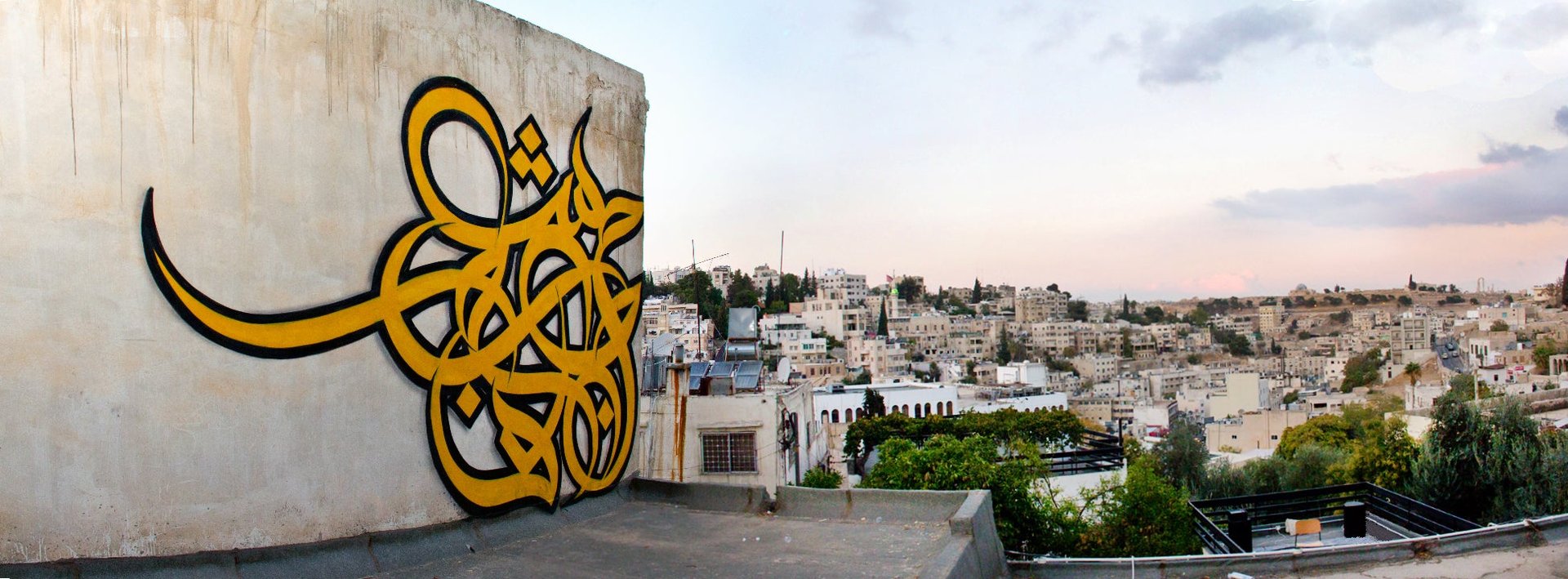
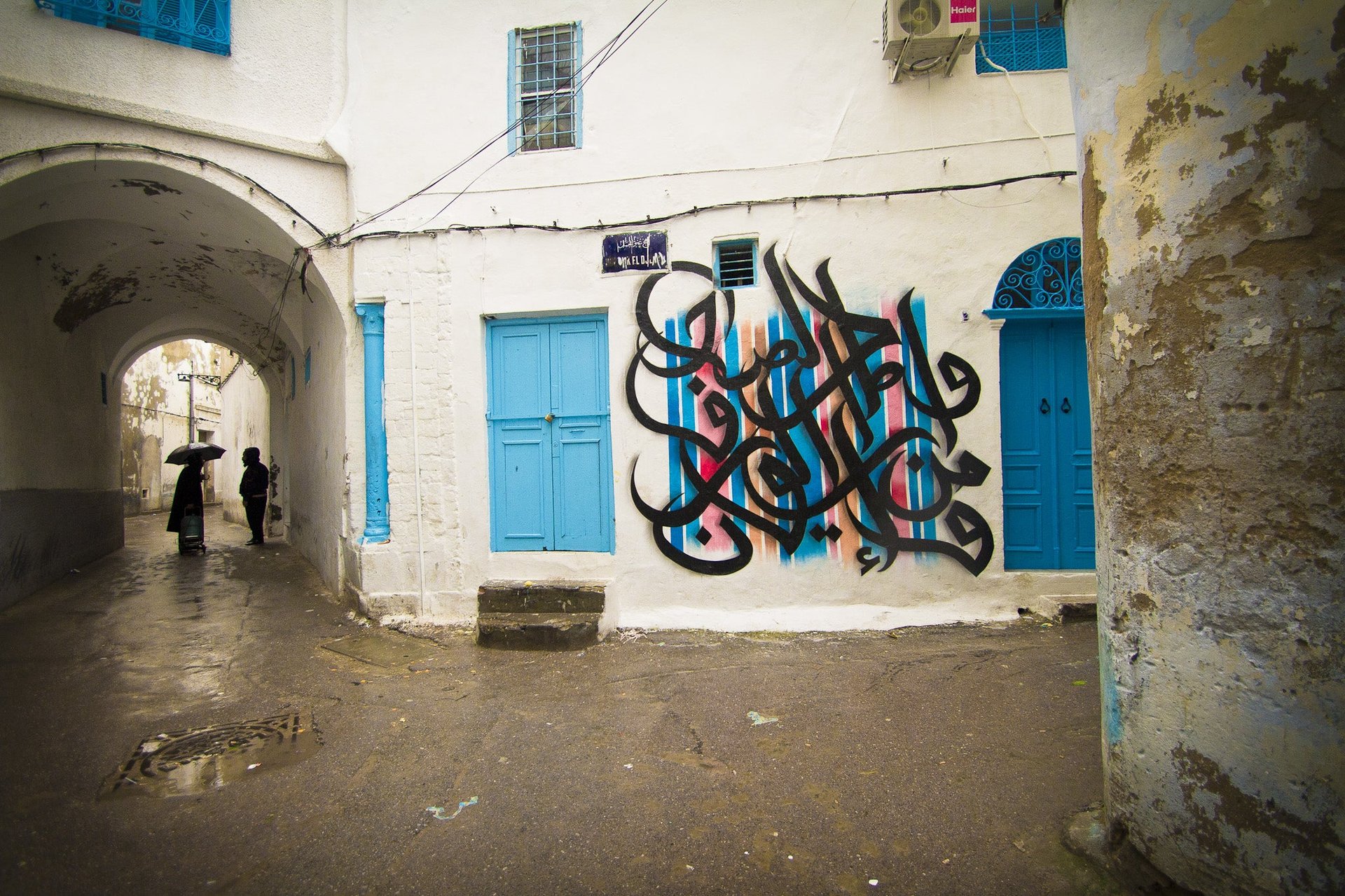
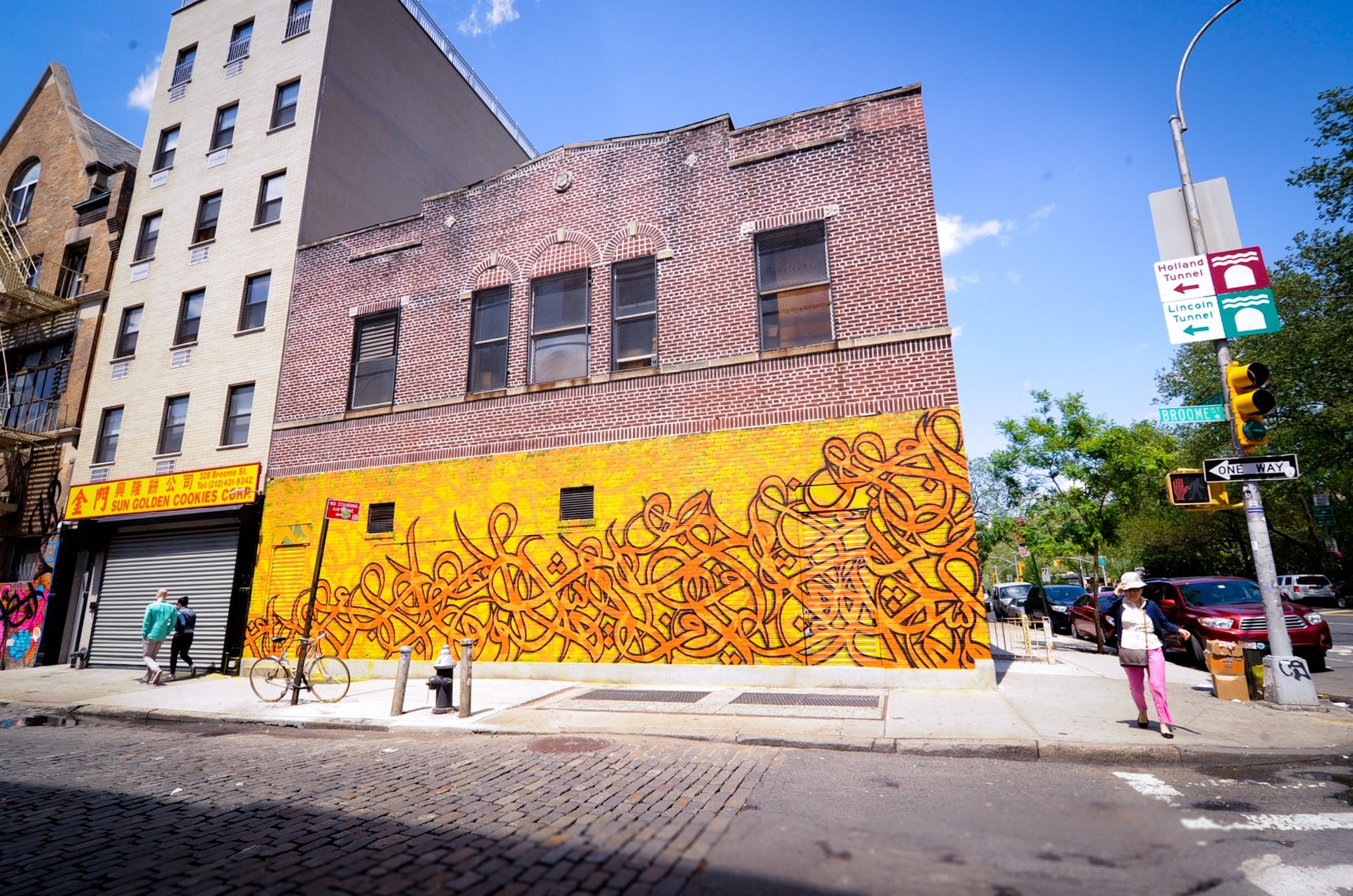
Raised in Paris by Tunisian parents, eL Seed has ancestral roots in Gabès, and learned to read and write in Arabic when he was 18. He has since tagged walls and buildings in cities around the world—experimenting with Arabic letterforms on the grandest of scales.
“I don’t think you need to translate the Arabic to appreciate its beauty,” he said. “The beauty of the script reaches the soul before its meaning.”
Beyond the sinuous allure of his spray-painted letterforms, eL Seed’s work embeds poetry in the urban landscape. In Cape Town he quoted Mandela, in Paris Stendhal, and for a roof in the Brazilian favelas, he immortalized the words of poet Gabriela Torres Barbosa.
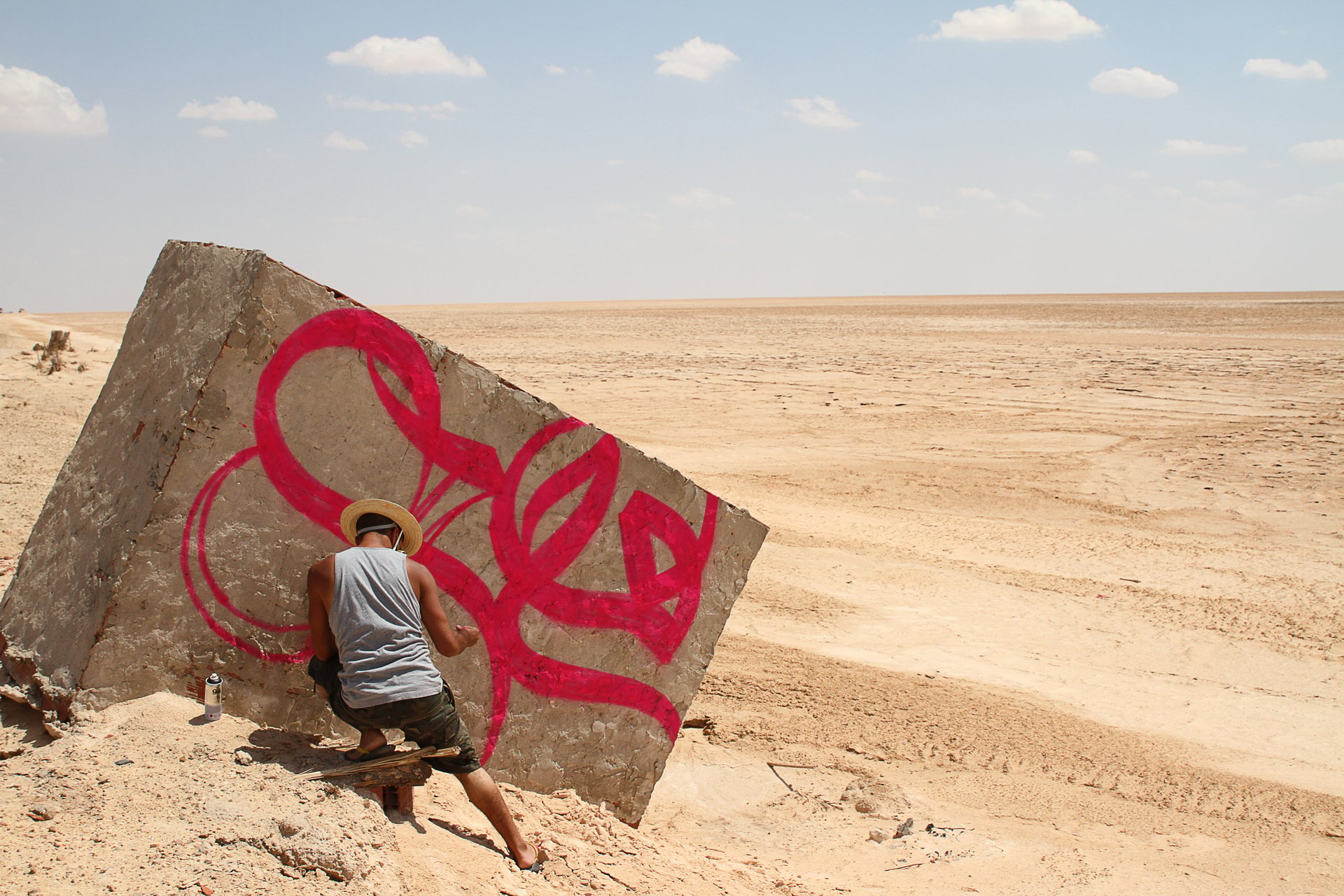
But arguably, some of eL Seed’s most indelible work can be found back in Tunisia. During a month-long journey through Tunisia documented in the book Lost Walls, he visited the town of Ong El Jemel, where Star Wars was filmed.
Disappointed by the Hollywood-created tourist trap that he discovered, eL Seed asked permission (he says he always does, unlike other famous street artists such as Banksy) to paint at the protected site.
On the side of a building, he inscribed words referencing another text that’s sacred to many: “I will never be your son,” he wrote—a response to Darth Vadar’s famous admission to Luke Skywalker, “I am your father.”
